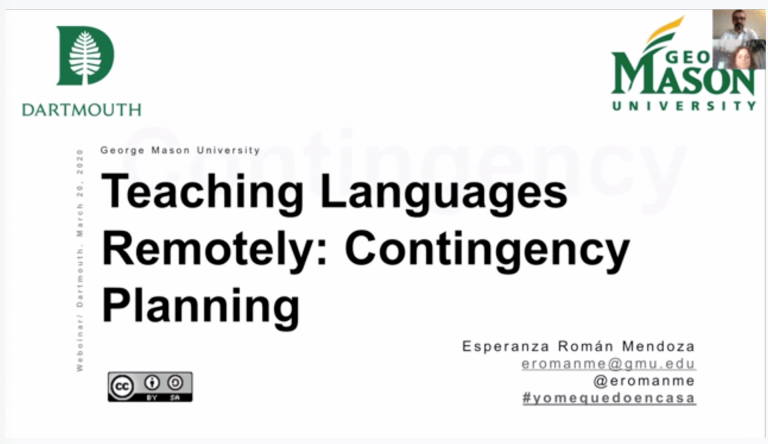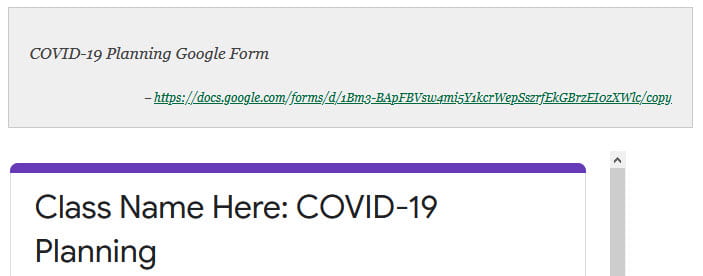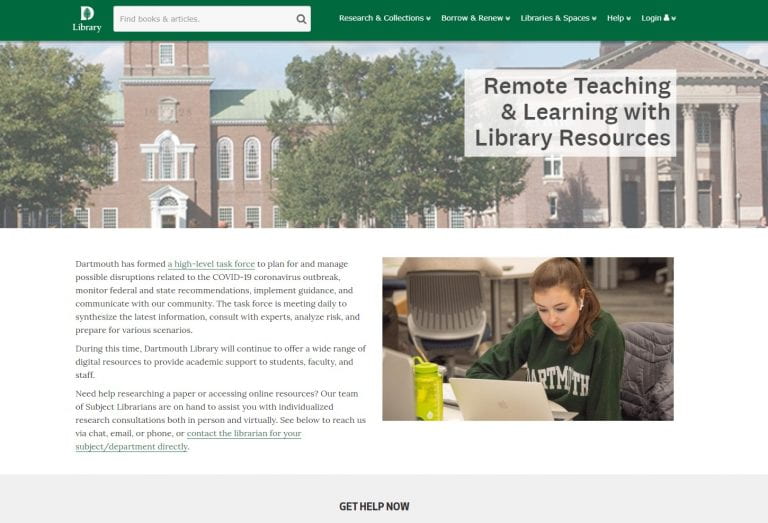Authored by Kathy Hart and the Hood Museum staff.
The Hood Museum of Art is here to support your spring term remote course. You can work with
us to:
- Select images from the museum’s collection to supplement your course material
- Have a museum staff member speak with your class in their area(s) of expertise (see list below)
- Develop activities to learn and practice close looking, analytical skills, and more
- Create online exhibition projects and discuss principles of strong exhibition design
Reach out to Kathy Hart (katherine.w.hart@dartmouth.edu) and Amelia Kahl (amelia.b.kahl@dartmouth.edu) to discuss possibilities for your class and learn what material we may have in the collection.
You can also search our collection here: https://hoodmuseum.dartmouth.edu/explore/collection
Hood staff who are available to work with you on your course and also help teach a class session:
John Stomberg
Virginia Rice Kelsey 1961s Director
20th-century American and European art, contemporary art, photography, abstraction, photojournalism, museum studies, curatorial practice
Katherine Hart
Senior Curator of Collections; Barbara C. & Harvey P. Hood 1918 Curator of Academic Programming
Hood Museum of Art collections, museum studies, 18th-century art and culture, 18th-century political caricature, European print culture, American art of the 1960s, environmental photography, photojournalism
Amelia Kahl
Andrew W. Mellon Associate Curator of Academic Programming
Late 19th- to 20th-century European and American art;,contemporary art particularly in areas of race, gender, and sexuality, 17th-century Dutch and Flemish art;,Hood Museum of Art collections
Barbara “Bonnie” MacAdam
Jonathan Little Cohen Curator of American Art
American art (and some decorative arts) to 1945
Jami Powell
Associate Curator of Native American Art
Native American art, indigenous art and culture
Jessica Hong
Associate Curator of Global Contemporary Art
Contemporary art, global contemporary, socially engaged art, emerging artists, time-based media, internet-based art, museum studies, institution/museological practice, curatorial practice
Neely McNulty
Hood Foundation Associate Curator of Education
Museum educator focused on experiential, discussion-based learning; facilitator in the museum’s Learning to Look method and other skill-building methodologies designed to teach students how to look carefully and think critically about works of art. Extensive background in practice and philosophy of art therapy, psychology, and art making practice; experience with Writing 5 courses.
Vivian Ladd
Teaching Specialist
Museum educator focused on experiential, discussion-based learning; facilitator in the museum’s Learning to Look method and other skill-building methodologies designed to teach students how to look carefully and think critically about works of art; liaison between the
museum and Geisel School of Medicine.
Jamie Rosenfeld
Museum Educator
Museum educator focused on experiential, discussion-based learning; facilitator in the museum’s Learning to Look method and other skill-building methodologies designed to teach students how to look carefully and think critically about works of art; facilitator of hands-on learning and artmaking connected to works of art.





You must be logged in to post a comment.